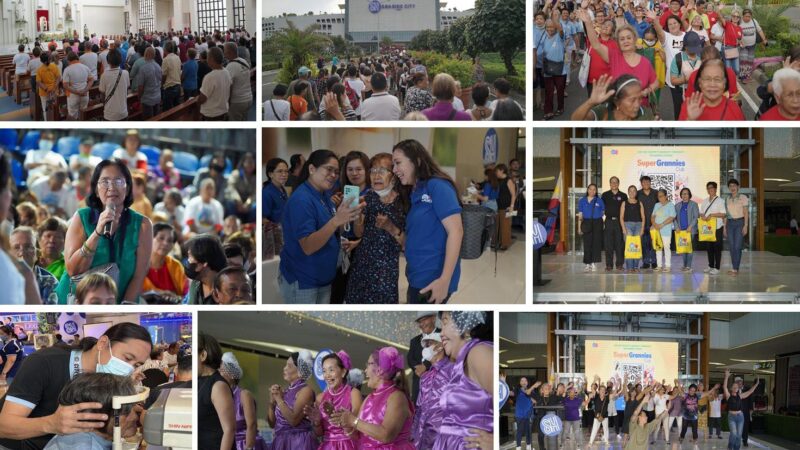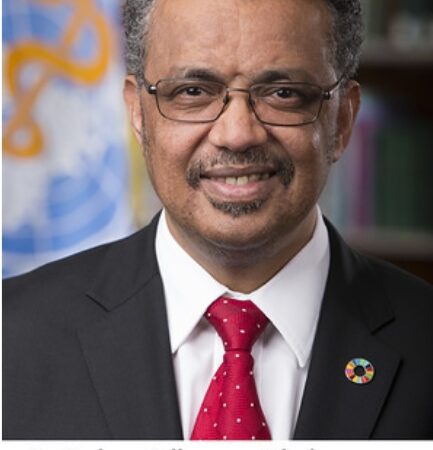Baguio adds Singapore metrics in measuring Covid-19 infections

Baguio City added the Singaporean metrics that measures the weekly infection rate to its list of indicators or frequency measures to further assess the level of community transmission of Coronavirus disease (COVID-19).
City Health Officer Dr. Rowena Galpo said the city had started using the Singaporean model last December to measure the city’s weekly infection rate which would determine if disease transmission is still ongoing or stabilizing.
“It is a week-on-week change in the number of cases which if measured along with other along with other metrics like the critical care utilization rate and others can be the basis to determine whether infection is continuing to rise and putting pressure on the health care system signaling the need to calibrate easing of restrictions,” Galpo said.
The weekly infection rate is computed by getting the ratio between the number of cases in a week and the number of cases during the previous week.
Results that are above the threshold number of 1 means that infection is continuing to rise while below 1 means decrease in disease spread.
This measure, along with the case reproductive number (R) or the average number of persons a patient can infect are used to measure the speed of growth of the epidemic, according to Galpo.
R’s threshold is 1 and results above the limit means transmission is ongoing and below 1 means deceleration in infection.
The city through the City Epidemiology and Surveillance Unit and the University of the Philippines Department of Mathematics and Computer Science have been using a number of frequency measures such as attack rate, doubling time, growth rate and moving averages as well as threshold values set by the World Health Organization (WHO) to assess the level of community transmission.
As recommended by WHO, attack rates and positivity rates should remain at or below 5 percent for at least 14 days because a rate higher than this would means more people are getting infected.
The daily attack rate or the proportion of population that contracts the diseases in an at risk population at a given time is computed by obtaining the ratio of the number of cases whose onset date is t and the total population of the area.
The two-week growth rate (TWGR) is computed by obtaining the difference between the total number of cases and the number of cases for the past 14 days divided by the number of cases in the last 14 days.
The 7-day moving average (MA) is computed by adding the total of cases for the past seven days divided by seven days and is used to “visualize the number of new COVID-19 cases and compute the rate of change.”
Case-doubling time, or the number of days required for the number of cases to double, a higher number implies a slower doubling rate. An increase of doubling time implies that mitigation measures are being effective, while constant doubling time suggests growth of infection at a constant exponential rate. – Aileen P. Refuerzo



